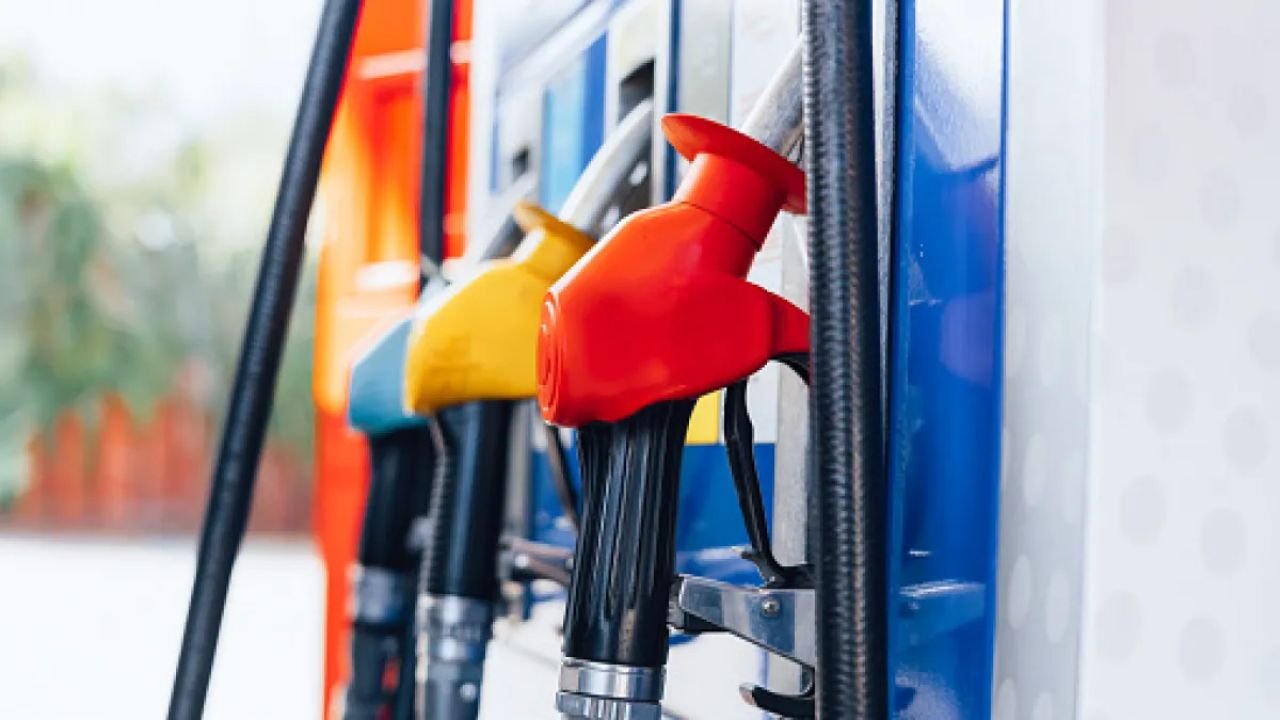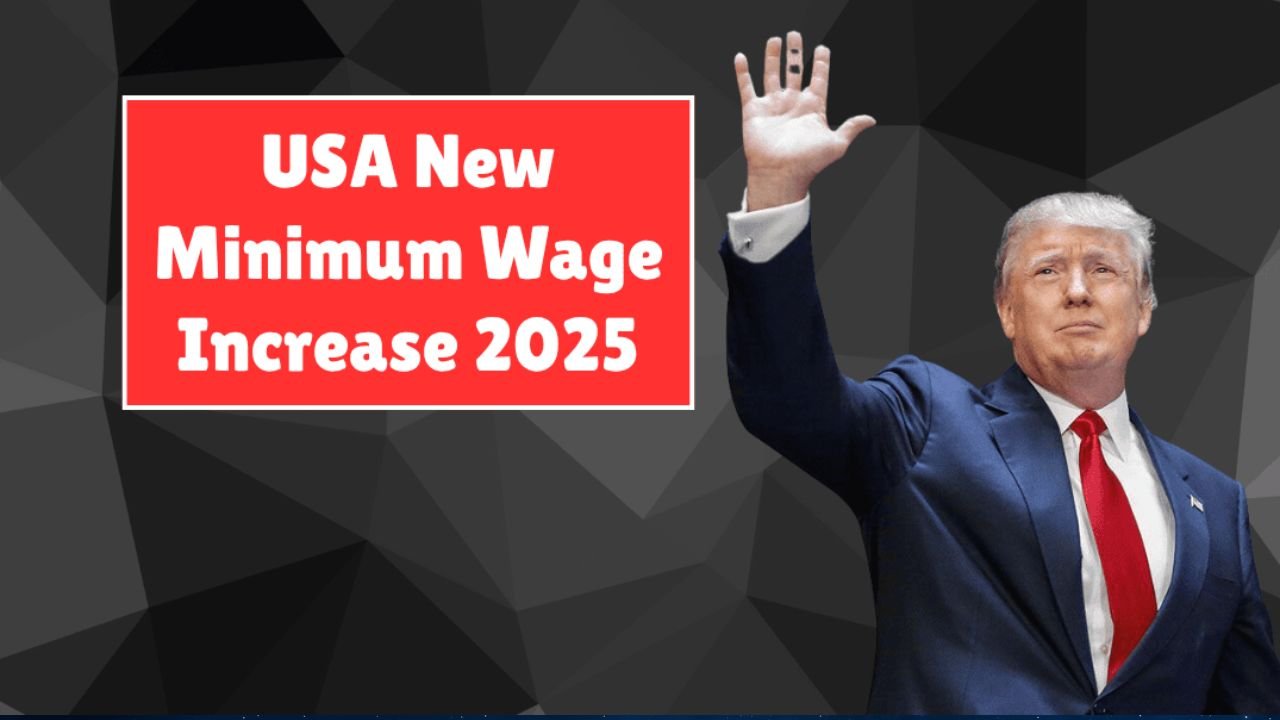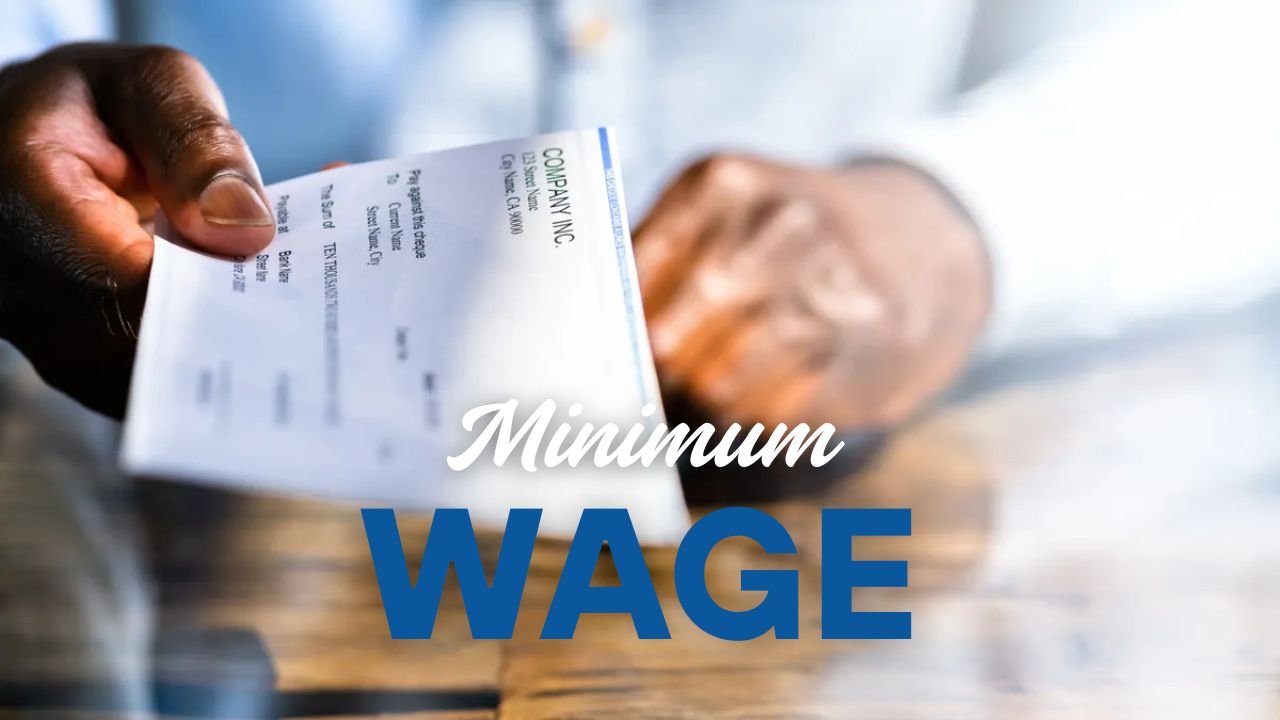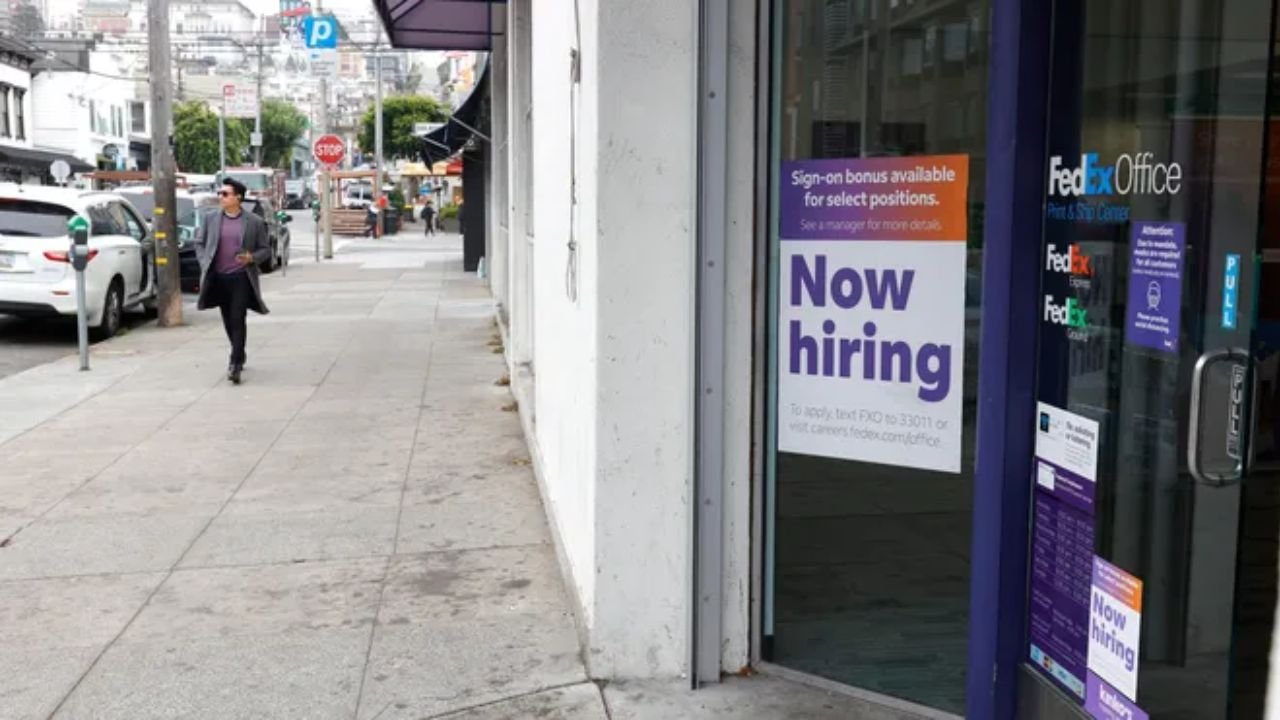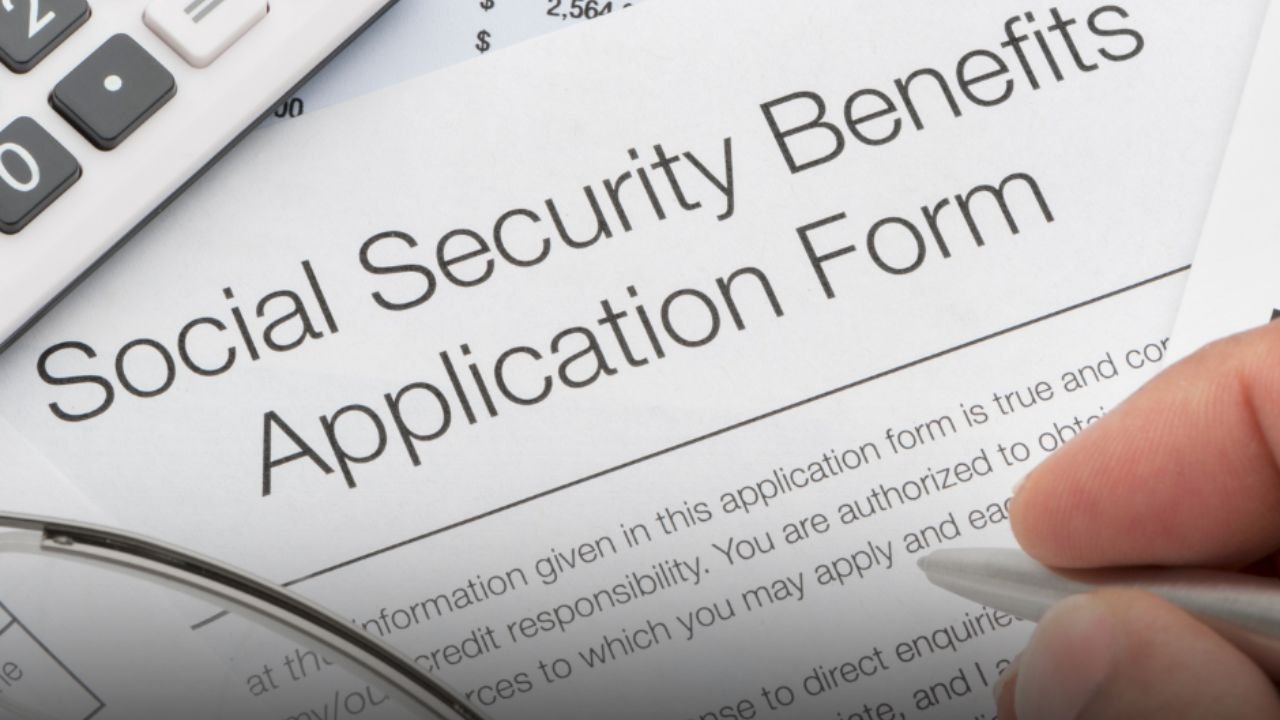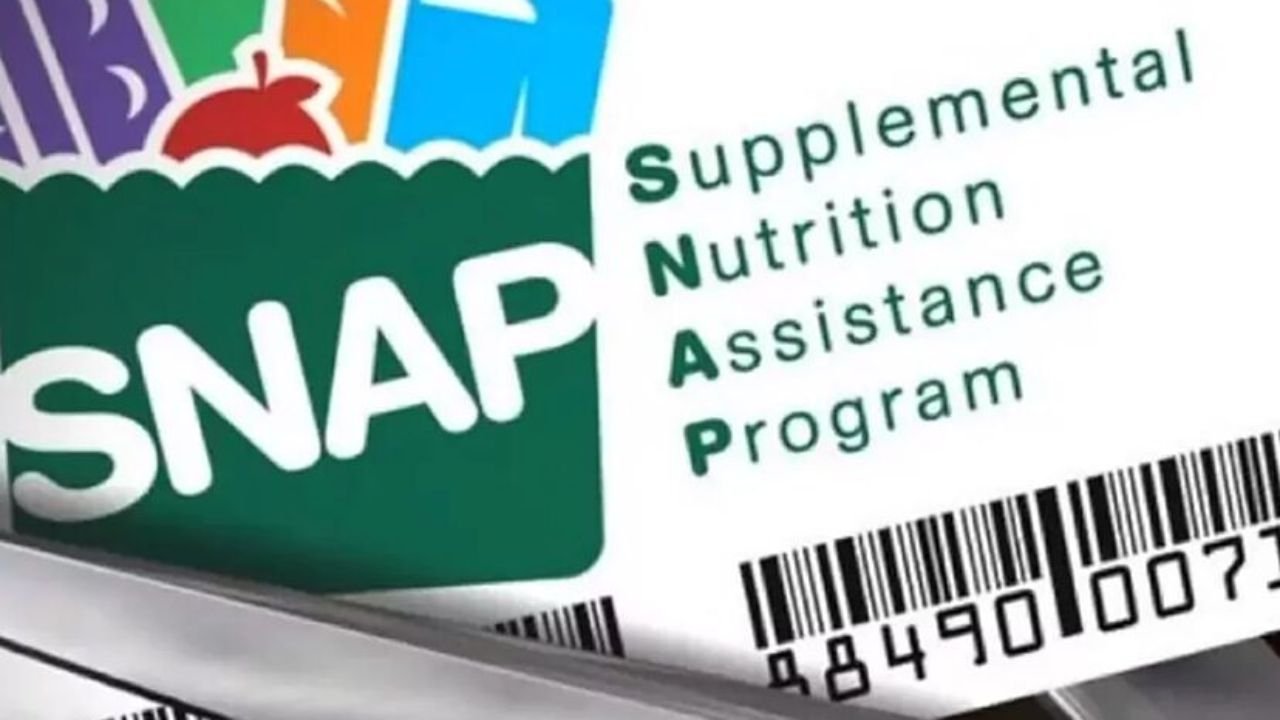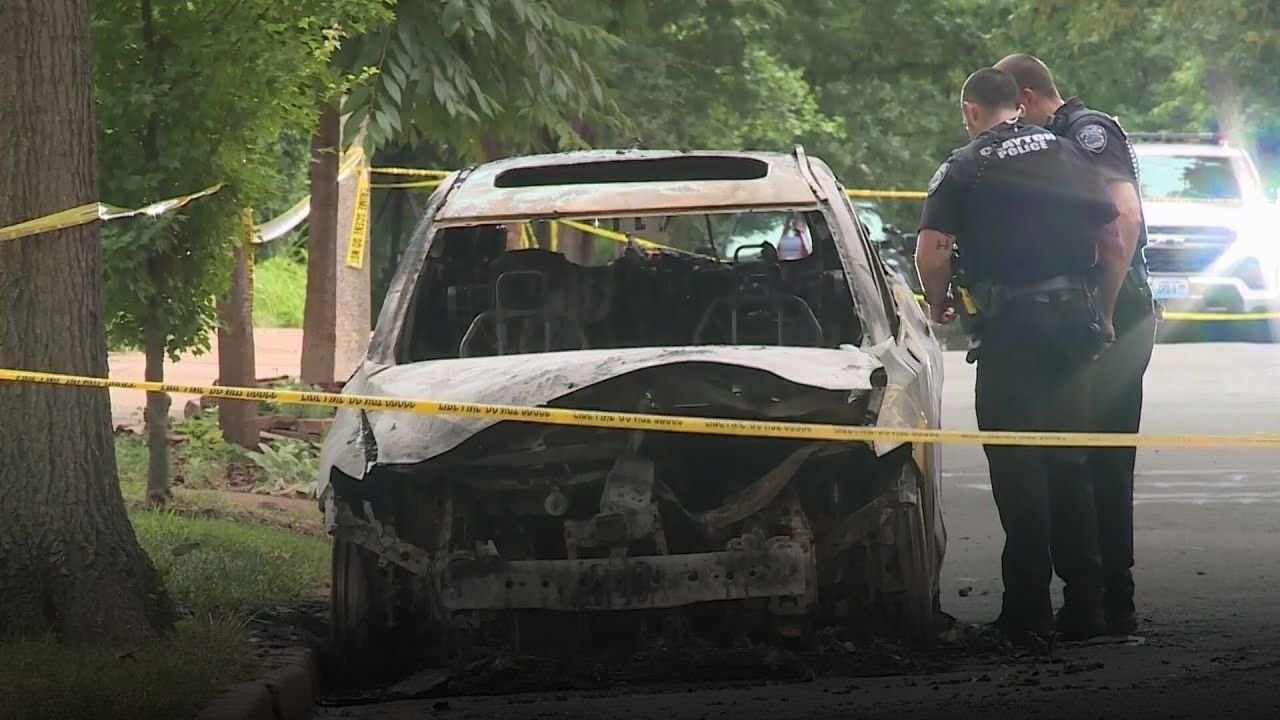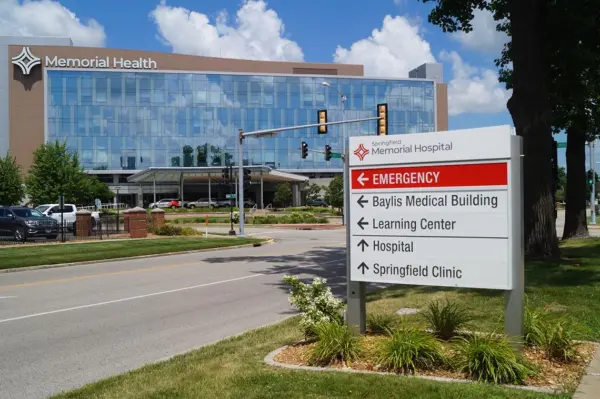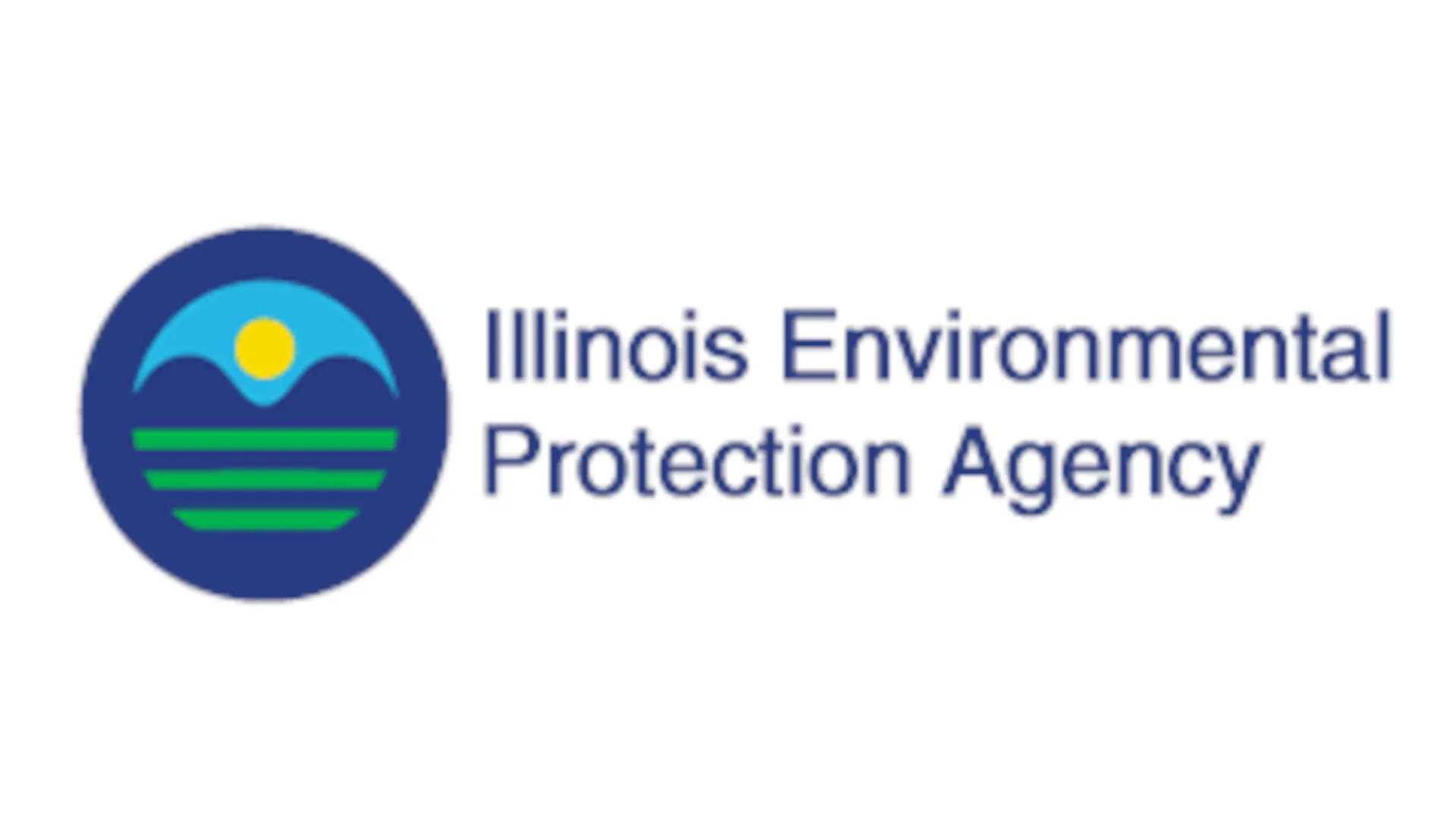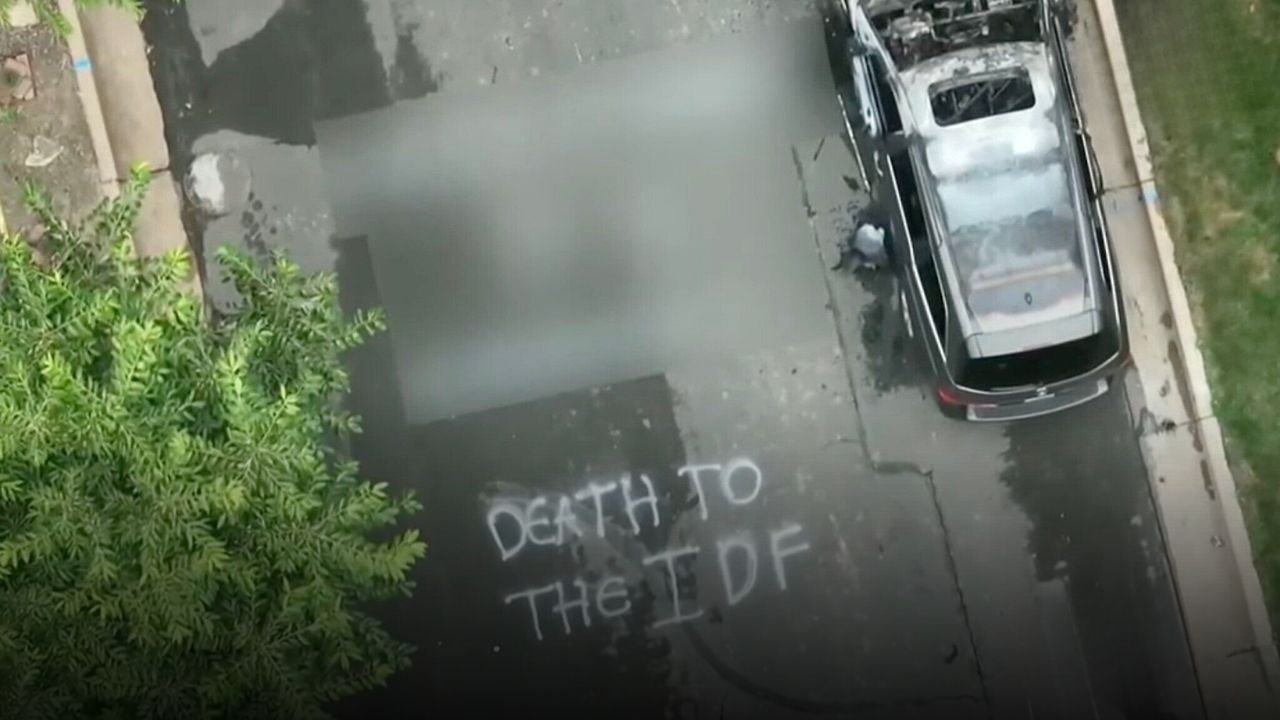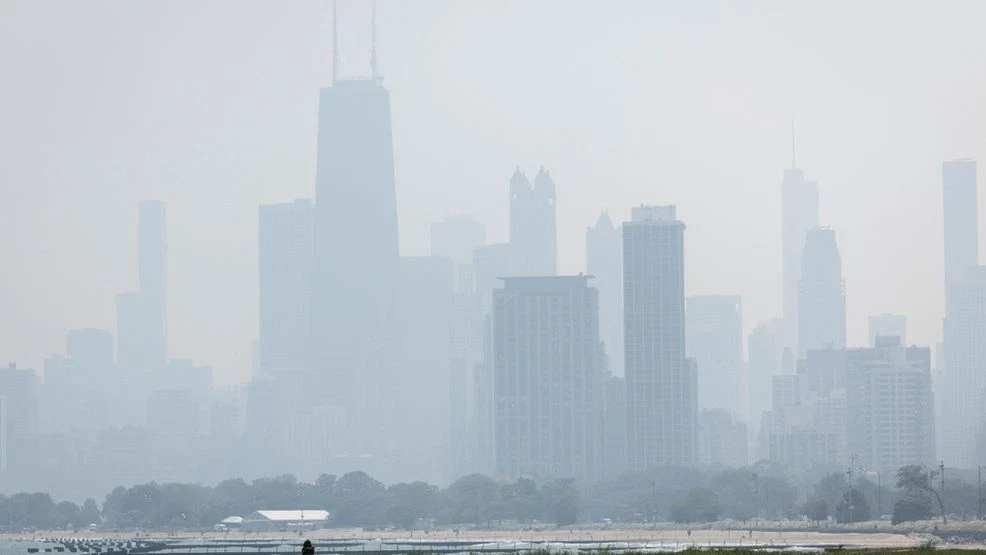CHICAGO — Starting July 1, 2025, filling up at the pump in Chicago just got even more expensive. That’s because Illinois increased its motor fuel tax by 1.3 cents per gallon, raising the total state gas tax to 48.3 cents per gallon for gasoline and 55.8 cents for diesel, according to data from the Illinois Department of Revenue.
This makes Illinois the second-highest gas tax state in the U.S., just behind California — and far above neighboring states like Indiana, Iowa, and Missouri.
How Much You’ll Pay at the Pump
With the new tax in effect:
-
Gasoline tax: 48.3¢/gallon (was 47.0¢ in 2024)
-
Diesel tax: 55.8¢/gallon
-
Chicago-only drivers still pay more due to city and county fuel surcharges
Add federal excise taxes (18.4¢/gal for gas), and many Chicago drivers now see over 80 cents in tax per gallon — before retail markup.
This tax is paid at the wholesale level but is fully passed on to consumers at the pump.
Why Did the Tax Go Up Again?
The increase is part of an automatic inflation-based adjustment passed under Illinois’ Rebuild Illinois capital infrastructure plan in 2019. That law doubled the gas tax in 2019 from 19¢ to 38¢ and added a built-in annual increase tied to the Consumer Price Index (CPI).
So even though lawmakers didn’t vote on a new tax this year, it still rose as part of the law’s structure.
The 2025 increase of 1.3¢ was confirmed in June by the Illinois Department of Revenue.
How Illinois Compares to Other States
| State | Gas Tax (2025) |
|---|---|
| Illinois | 48.3¢ |
| California | ~51.1¢ |
| Indiana | ~34.0¢ |
| Wisconsin | ~32.9¢ |
| Iowa | ~30.0¢ |
| Missouri | ~27.5¢ |
Illinois now has the second-highest state gas tax in the country — and the highest in the Midwest.
Impact on Chicago Commuters and Businesses
For many Chicago residents and small business owners, the tax adds strain:
-
Delivery drivers and rideshare workers lose more to rising fuel costs
-
Food trucks and tradespeople operating in the city now face tighter margins
-
Commuters from suburbs like Joliet, Naperville, and Elgin pay more without wage increases to match
Some drivers are even crossing into Indiana or Wisconsin to fill up — where gas can be 30–40 cents cheaper per gallon due to lower state taxes.
Is There Any Way to Offset the Cost?
While there’s no state rebate for average drivers, low-income residents or seniors may qualify for fuel or utility assistance through:
-
LIHEAP energy assistance programs
-
PACE transportation discounts
-
Illinois Benefit Access Program (for seniors)
Check your eligibility on the Illinois.gov benefits page.
Has the Gas Tax Increase Affected Your Driving Habits?
Are you cutting back on trips, carpooling more, or commuting differently because of the gas hike? Let us know in the comments below — we’re covering how price hikes are hitting real Chicago families.

